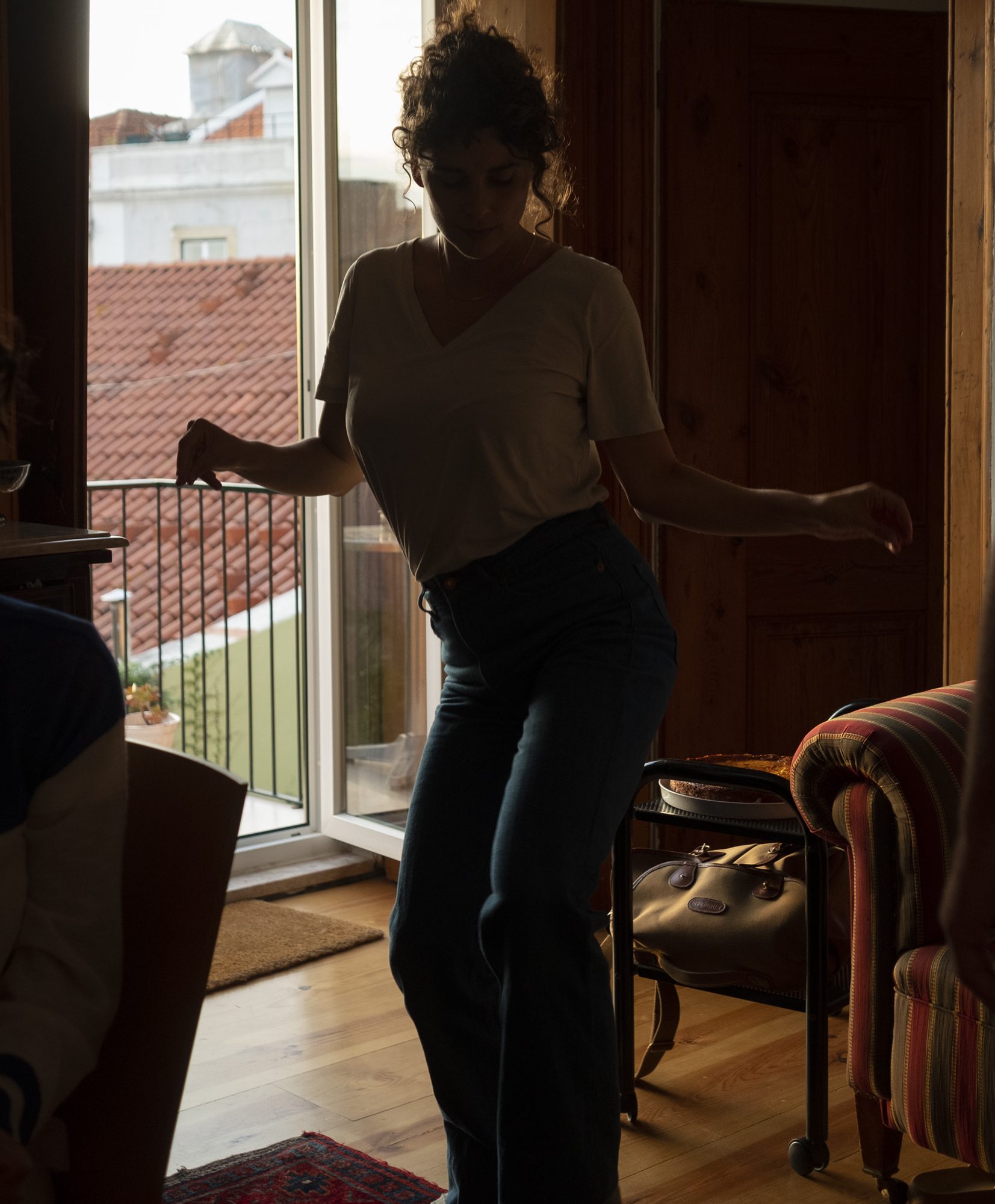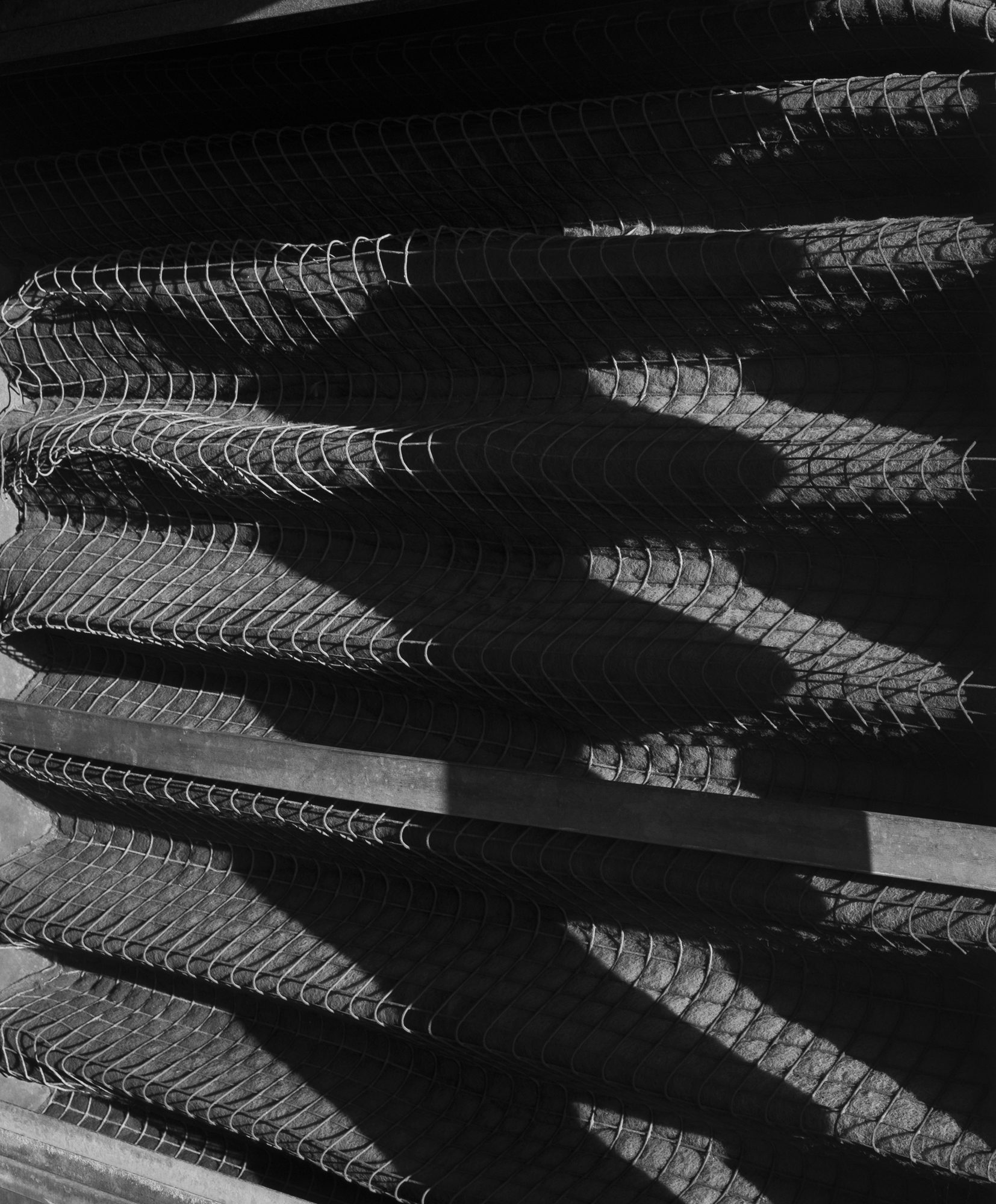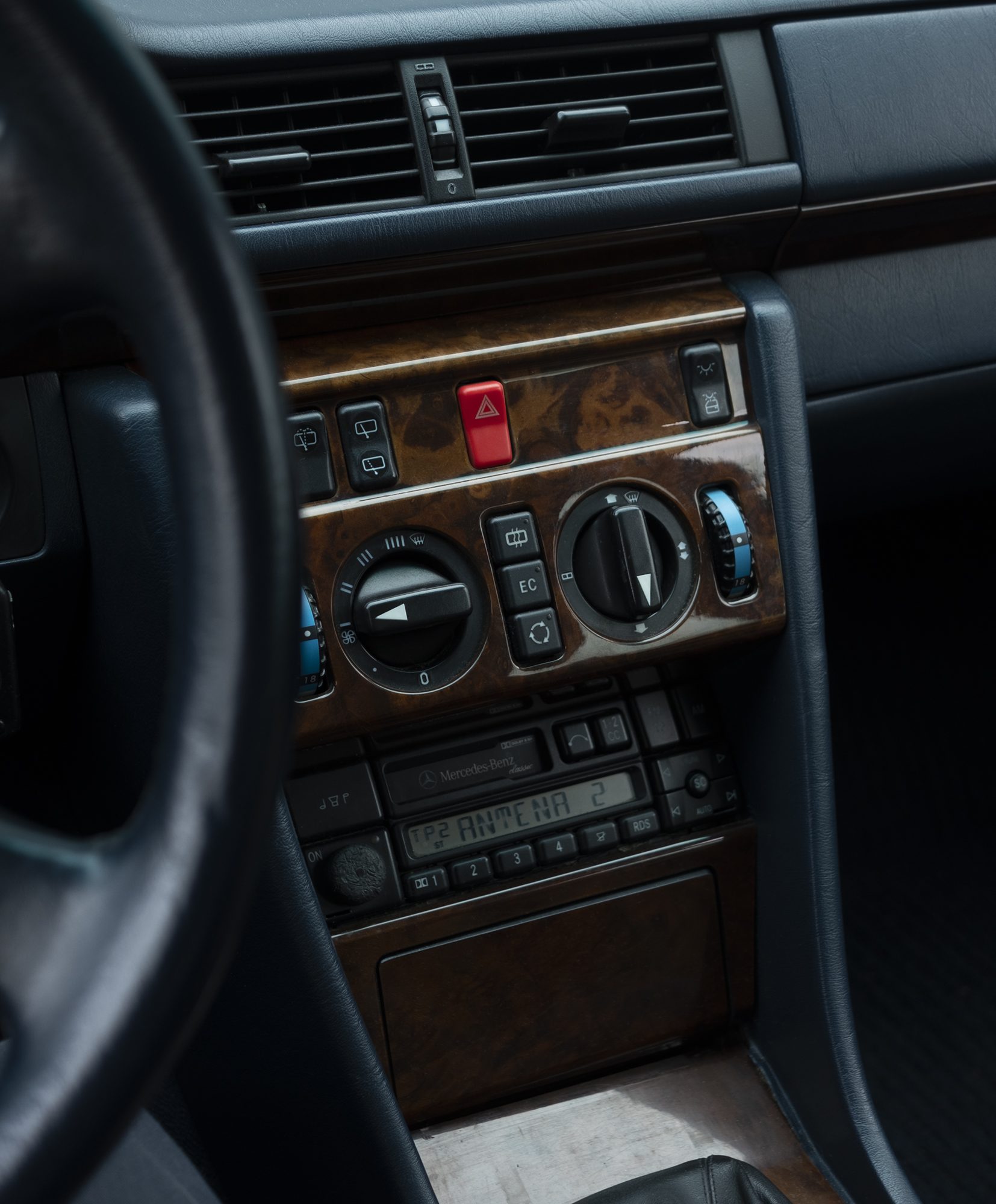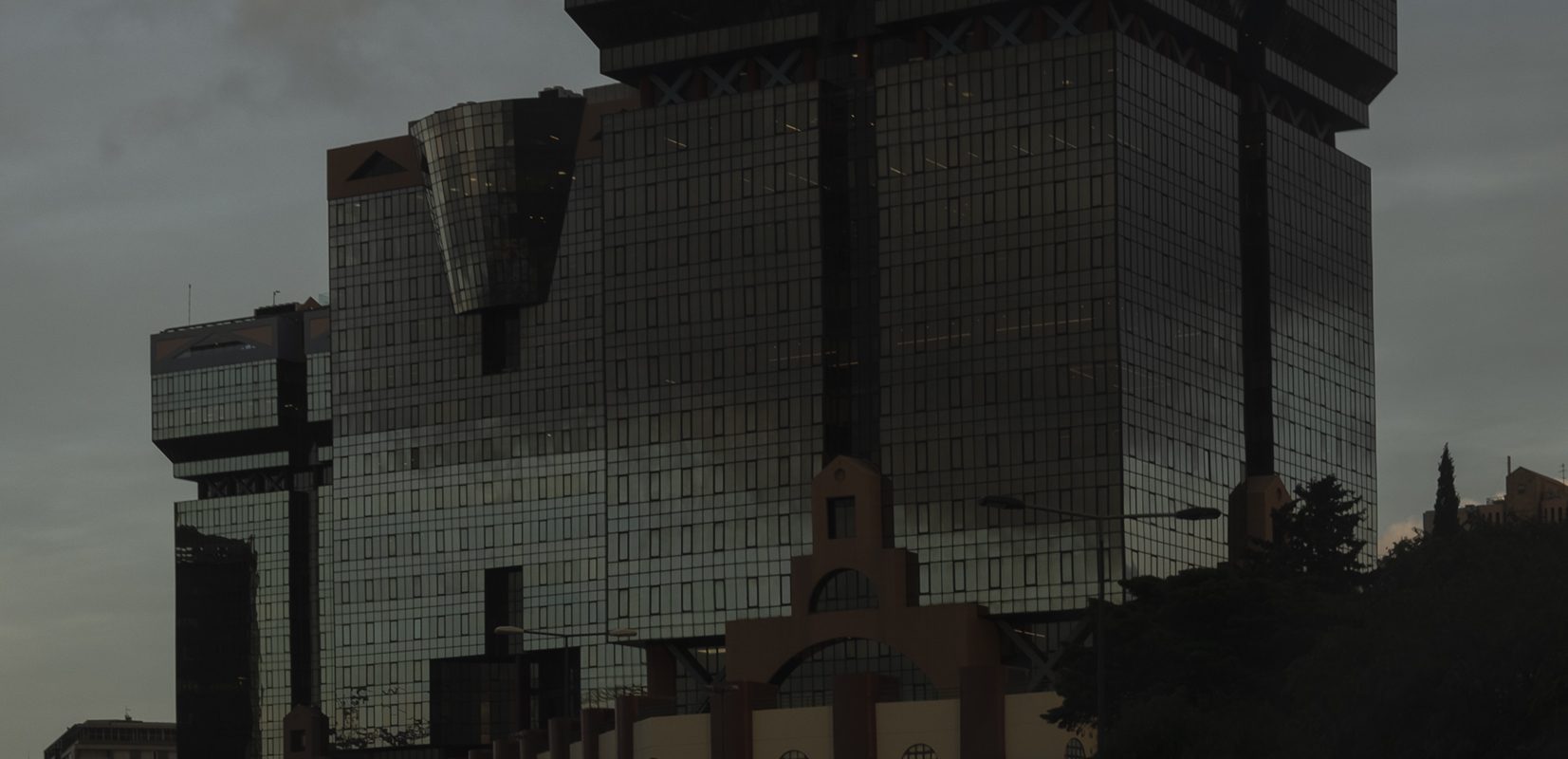
Full Article on Patreon
Returning to the idea of memories, one can feel all of these tendencies in the work used to enforce a slippage of time. Close-up images and somewhat obscure faces place the photographs inside a dream factory or memory farm. These fragments of realism play heavily with our ability to glance sideways and recognize lateral or peripheral imagery. It is not the direct image throughout that activates this as a catalyst for its trance-like qualities, but rather the bounce of the sun off of windows or the crepuscular and nocturnal emergence of a glass and steel building-which in a rare instance of doubling becomes the dream syndicate’s foundation, the nerve-center of memory production. That might sound a bit forced, but when the building pops up, photographed from two distinct angles, it feels nothing short of profound in the sequence. It roots many images of home and interior life to the procession of manufactured images, even if the Dream Corp is a highly-subjective reading. Stray images of a hazy orange beach and the sober image of a car’s control panel pivot the sequence back and forth from the imagined to a binding realism that doubles and distorts our reading, playing with our tenuous notion of life in the 21st Century birthed from digital anxiety and the maddening rush toward technology. The use of black and white images works as a recall mechanism, a playback, or is better suited to a notion of a flashback within the work. They become fixed images where reading the work feels stable and without the anxious associations of performance-based images that recall, like Rødland or Roe Etheridge’s work, complicity with the pleasure of photographic production associated with commercialization.

Original Press Release and Specifications
1985
Skinnerboox
FROM €30.00
November 2022
Hardcover
21.5x28cm
60 pages
ISBN 978-88-94895-61-2
–
Designed by Pedro Alfacinha and Milo Montelli
Typeset by Ana Baliza
For the past two years, I have been mapping out my fundamental memories of growing up in Lisbon in the late eighties / early nineties. It was an euphoric time in Portugal, everyone was high on hope, and in my family this was lived very intensely, coinciding with our own golden age, until the unexpected loss of my father in 1991. My relationship with photography begins there. It was in the family album that I made sense of the present I had known become the immediate past. It was there I projected my own destiny. Now, as I create my own family album, I realise that this transcendental relationship with those mundane images has formed the backbone of my eye, what I look for in the world with my photography, but also the backbone of the very way I live my life, my dreams and my future.
(Pedro Alfacinha)

This book is a journey. A journey through space and time.
The space is that of Lisbon interiors, its streets, its surroundings, the Portuguese countryside,the beaches overlooking the Atlantic. Light and shadows: in this book there is the profound sense of a place, its unique mixture of obscurity and excitement, opacity and clarity, yet without any extended description of it.
There are no wide views, only glimpses, open doors on landscape fragments (all photographs in this book are vertical).
Time here is what separates the present from the past. Memory and recollections form the repository that feeds each image of this series; vision and re-vision at the same time. It’s not just a matter of nostalgia, but of familiarity: Alfacinha photographs what he knows well and is part of his personal history, never giving up being surprised by the world in front of him. This book is an autobiography. It is an account of the author’s past written through his present. This is an experimental autobiography without a chronology and without a narrative.
There are no events, there is no story to follow, but only a series of elements on which to dwell.
Each photograph is a detail which invites us to dig deep. Each image is a clue leading to no solution.
Scenography without script. Pure atmosphere. Here the gloomy character of a noir stunningly blends with the caresses to the world of a gaze full of empathy. Started under a thick blanket of snow and ice, after a winter remembered as one of the coldest in recent European history, in the end 1985 turned out to be a warm year, full of tragedy and splendor.
(Francesco Zanot)
